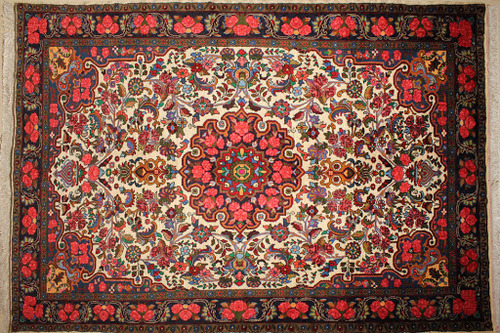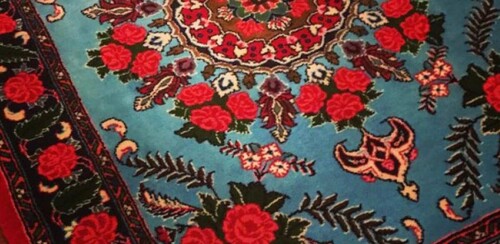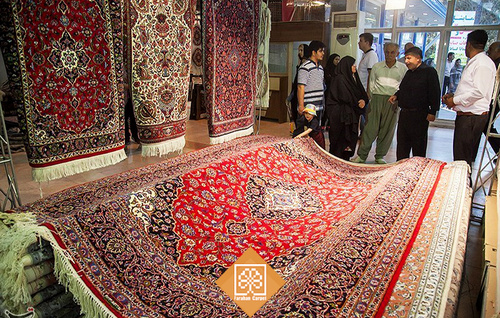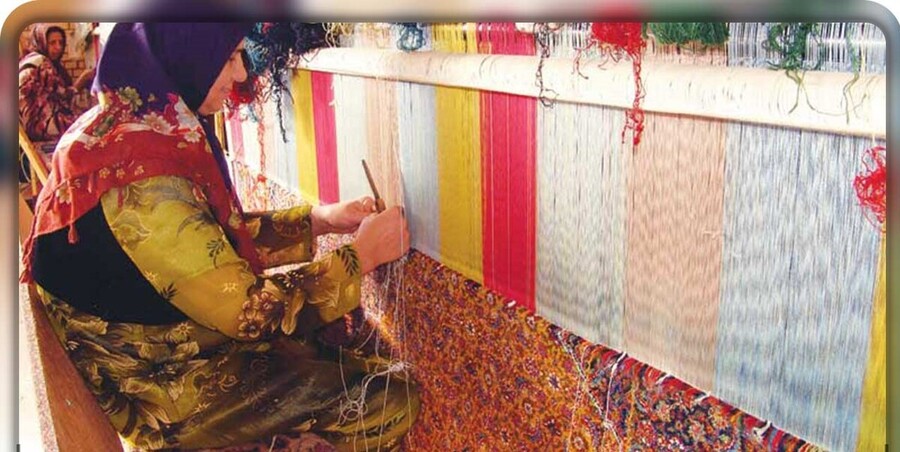Bijar is one of the cities in Sina (Sanandaj) Province in the eastern part of Kurdistan. It is located in the northern region of this province in an area that has been known as Garous since a long time ago.
The economy of Garous relies on agriculture, farming, and handmade carpets. The history of carpet making in Bijar goes back to 1266 Hijri, i.e., 1887. The history of carpet making in Kurdistan generally traces back several centuries. Due to the special location of Bijar during World War I, this city was invaded by the Russians and the Ottomans; this led to a decrease in the carpet manufacturing industry for a while.

Although before WW II most of the tools needed for making carpets were available in Bijar to develop this industry in this city, however, after the war began and hunger spread, carpet making fell into another stage of decline. In 1961, after capitalism grew in Iran and the development of handcrafts, most of the carpet making centers began their work once again which was a good developing point in Bijar's carpet manufacturing industry. At the beginning of WW II, the demands for hand made carpets increased, thus the Garous carpet makers decided to make smaller carpets instead of large ones. This decision turned Bijar and Garous into a center of carpet making.

Bijar carpets are made in three different ways: Loul (curled), Nimcha Loul (half curled), and Takht (straight).
Bijar carpet is made with 50 rows in 7 cm and it looks like silk designs. If the carpet looks like Chila silk, the rows will increase to 60 or 70. The ties of this kind of carpet are called Turkish ties and they are directed downwards and to the right. Silk and cotton are used in making Bijar carpets. Thus, the required tools and materials are imported from New Zealand. Silk is rarely used in making these carpets or any other kind of carpets. The method of making Bijar carpets is unique. The carpet makers used to apply three wefts, with a delicate second weft and strong first and third wefts; however, these days this method has changed and they apply two wefts for their carpets. The method of beating each row of the carpet is different from the way it is done in other places. The main reason for this difference is that the number and intensity of the beatings on the wefts are different.

The compression and density of the silk are intensified which makes the Bijar carpets known as the iron carpets. The original Bijar carpet is famous in the world due to its unique components used to make it, its long-lasting quality, and the innovative designs used to make it. Nowadays, this kind of carpet is made in 1.5-meter sizes or larger. These kinds of carpets are thick and heavy. They are made of very strong ties; they are very practical for cold weather areas because they keep the feet warm.
Bijar carpets' difference from other kinds of carpets is because of their structure. This structure is made in a way that the carpet cannot be folded. In the process of making this kind of carpet, in addition to some pieces of fabric, a kind of very thick leather is also stuffed inside the wefts. Iron combs are used to beat the carpets' rows of ties to make them stronger.

One of the features of Bijar carpets or Garous carpets is the colors that are used in making them. These carpets are known for their live and warm colors. The color differences enhance their beauty. The colors that are selected for carpet making, indicate the cold and mountainous weather of the region and at the same time the colorful nature of Kurdistan. Bijar carpets' colors look good with the Kurdish clothes of the people of Kurdistan and the most important feature of these colors is that they are fixed and they will not fade away during time. Another special feature of these carpets is using silk in the wefts and wraps of them. These features have made the carpet manufacturing industry one of the most important occupations in Bijar and Sina Province. It is important to know that most of the old carpets of Azerbaijan that are kept in museums all around the world, were all made in Bijar. In the past, the lords or princes of Kurdistan used to give these carpets as a souvenir to the rulers of other countries.









